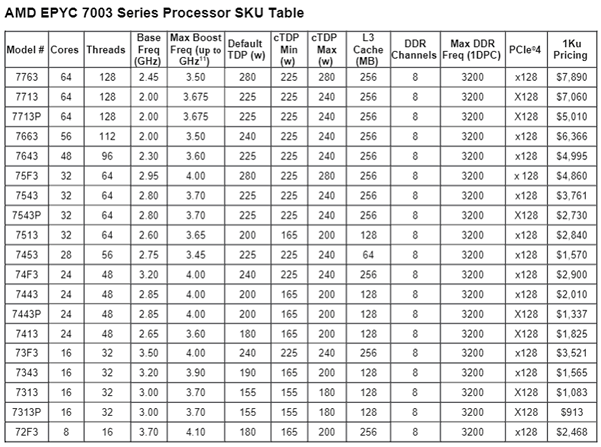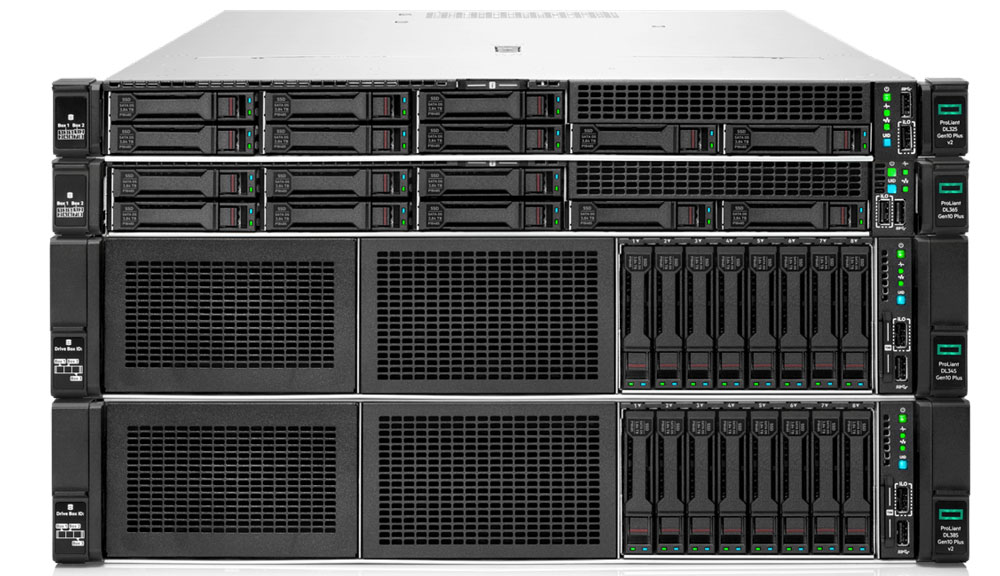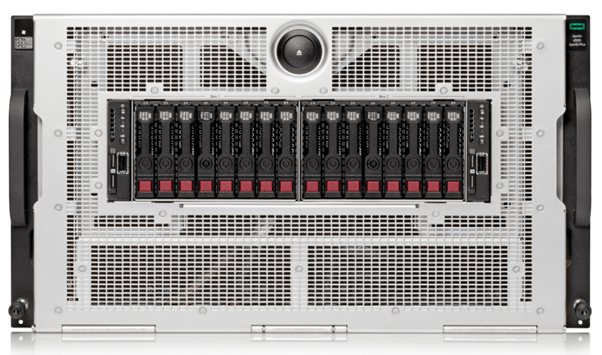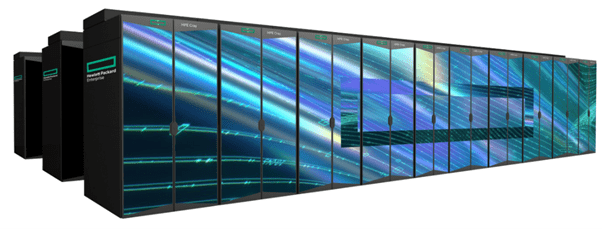This week CPU giant AMD unveiled the 3rd generation of its EPYC server CPU family, codename Milan. This results in a new series of HPE servers embracing this new family of AMD processors.
It features a set of 19 SKUs — including the flagship 64-core 7763 model — aimed at HPC, enterprise and cloud workloads. Notably, the third-gen EPYC Milan chips achieve 19 percent more instructions per clock (IPC) than predecessor second-gen Rome, based on a geomean of 28 workloads.

At the same moment HPE showcased their updated server portfolio using these latest generation of AMD EPYC CPU’s. There are even a few new models added in the line-up of servers that we never saw before in the line-up. Let’s take a look.
New DL345 Gen10 Plus Proliant server
For many years we now the HPE Proliant workhorse series of servers, where the 5 digit in the number shows that the server is equipped with and AMD processor.

There were already 2 AMD based Proliant servers being the 1U ‘pizza box” based DL325, very popular in the Simplivity HCI world, and the 2U DL385 power horse. These 2 models gets updated now with the latest CPU family and get the fantastic and very logic name Proliant DL 325/385 Gen 10 Plus v2.
HPE adds now 2 new models with the AMD EPYC ‘Milan’ family: the Proliant DL345 Gen10 Plus to target storage-optimized solutions for database workloads, and the HPE Proliant DL365 Gen10 Plus server to target virtual desktop infrastructure (VDI) solutions. FYI the DL345 Gen10 Plus is a 2U server, even if its number is lower that the DL365 Gen10 Plus which is a 1U server.
HPC workloads with HPE Apollo
HPE Apollo systems, which are purpose-built to support HPC applications such as modelling and simulation, help organizations of any size accelerate business and research outcomes by efficiently processing large amounts of data and turning them into digital models to understand how something will look and perform in the real world.
The systems are also optimized for artificial intelligence capabilities to improve training and increase accuracy in results. HPE is introducing the HPE Apollo 2000 Gen10 Plus and HPE Apollo 6500 Gen10 Plus systems with the 3rd Gen of AMD EPYC processor to deliver even more performance, efficiency and targeted capabilities for HPC and AI workloads.

The new models are:
- HPE Apollo 2000 Gen10 Plus system with the HPE ProLiant XL225n Gen10 Plus server
- HPE Apollo 6500 Gen10 Plus system with the HPE ProLiant XL675d Gen10 Plus server
- HPE Apollo 6500 Gen10 Plus system with the HPE ProLiant XL645d Gen10 Plus server
Cray supercomputing
For high-end supercomputing solutions, HPE delivers the HPE Cray EX supercomputer, which features an advanced HPC architecture designed for next-generation supercomputing, such as for exascale-class systems that are 10X faster than today’s most powerful supercomputers.
The latest HPE Cray EX supercomputers leverage AMD technology to power some of the world’s fastest supercomputers that are accelerating complex scientific research across a range of challenging areas from extreme weather forecasting and vaccine discovery to modelling and designing automobiles and planes.

Also here as well some new models:
- HPE Cray EX supercomputer EX425
- HPE Cray EX supercomputer EX235n
I hope to get one of these systems soon in my lab environment so we can test the real power of these systems.
Off the record: HPE marketing please do something about the naming of your generations of servers… Gen10 Plus v2, really? What will be next?
Be social and share!
